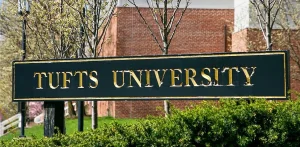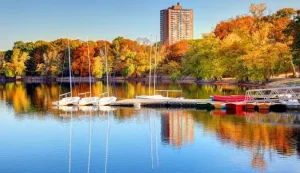Boston, one of America’s oldest and most storied cities, is a treasure trove of architectural marvels. From its humble colonial beginnings to its cutting-edge modern skyline, the city’s buildings reflect its rich history, cultural shifts, and innovative spirit. At SKYREX Property Services, we believe that every building has a story to tell, and we’re passionate about helping preserve the beauty and integrity of Boston’s architectural gems. Whether you’re a homeowner, business owner, or simply an admirer of beautiful design, this journey through Boston’s architectural evolution will deepen your appreciation for the city’s built environment.

1. Colonial Beginnings: The Roots of Boston’s Architecture
Boston’s architectural journey began in 1630, with the arrival of English Puritans who established the city as the heart of the Massachusetts Bay Colony. Early buildings were simple, utilitarian, and constructed to endure harsh New England winters. These structures reflected the settlers’ modest means and practical needs, prioritizing function over form.
The Influence of English Settlers
When English settlers arrived in the early 17th century, they brought with them the architectural traditions of their homeland. Boston’s earliest buildings were designed for practicality and durability, reflecting the challenges of life in a new and often unforgiving environment. Timber-framed houses with steeply pitched roofs, small windows, and central chimneys became the defining features of colonial architecture. These structures were not only functional but also symbolic of the settlers’ resilience and determination.
Iconic Examples: The Paul Revere House
One of the most iconic remnants of this era is the Paul Revere House, built in 1680. Located in the North End, this wooden structure is one of the oldest surviving buildings in Boston. Its asymmetrical design, clapboard siding, and modest proportions are hallmarks of colonial architecture. Today, it stands as a testament to Boston’s early history and a must-visit landmark for anyone interested in the city’s architectural roots.
2. The Federal Era: Elegance and Symmetry Take Center Stage
As Boston grew in prominence during the 18th century, its architecture became more sophisticated. The Georgian style, popular from the mid-1700s, emphasized symmetry, proportion, and decorative details, mirroring the architectural trends of England.
A New Nation, A New Architectural Vision
As Boston transitioned into the late 18th and early 19th centuries, its architecture began to reflect the ideals of a young and ambitious nation. The Federal style, inspired by the classical designs of ancient Greece and Rome, emphasized symmetry, proportion, and elegance. This period marked a shift from the utilitarian designs of the colonial era to more refined and sophisticated structures.
Landmarks of the Era: The Massachusetts State House
Designed by renowned architect Charles Bulfinch in 1798, the Massachusetts State House is a shining example of Federal architecture. Its iconic golden dome, grand columns, and balanced façade symbolize the optimism and democratic ideals of the era. Located on Beacon Hill, this historic building remains a cornerstone of Boston’s architectural heritage and a proud symbol of the city’s role in shaping the nation.

3. The Victorian Age: Ornamentation and Innovation
The 19th century marked a period of significant growth and transformation for Boston. The city expanded physically and culturally, giving rise to diverse architectural styles.
The Rise of Eclecticism
The 19th century brought rapid industrialization and wealth to Boston, leading to a boom in architectural experimentation. Victorian architecture, characterized by ornate details, bold colors, and eclectic influences, became the style of choice for the city’s elite. This era saw the rise of intricate woodwork, decorative trims, and asymmetrical designs, reflecting a desire for individuality and artistic expression.
Notable Structures: Trinity Church
Henry Hobson Richardson’s Trinity Church, completed in 1877, is a masterpiece of Victorian architecture. Located in Copley Square, this Romanesque Revival building features intricate stonework, stunning stained glass windows, and a dramatic interior that showcases the era’s love for grandeur and artistry. It remains one of Boston’s most beloved landmarks and a testament to the city’s architectural innovation.
Cleaning and maintaining a building as intricate as Trinity Church requires expertise and precision. SKYREX’s professional cleaning services are designed to handle the unique challenges of historic and ornate structures, ensuring they remain as breathtaking as the day they were built.
4. The Modern Movement: Function Meets Form
The 20th century brought dramatic changes to Boston’s skyline as the city transitioned from a low-rise colonial town to a bustling urban center. Advances in technology and materials allowed architects to explore new possibilities, resulting in bold and innovative designs.
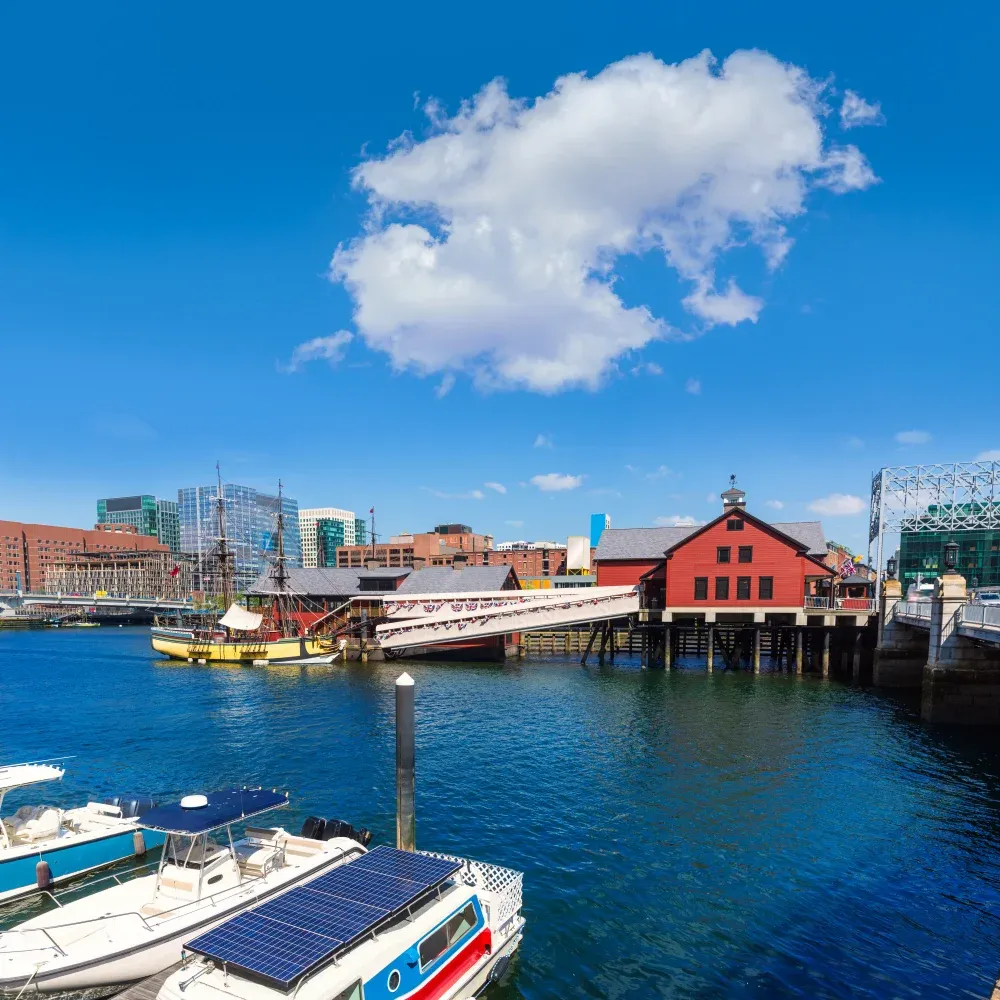
The Shift to Modernism
The 20th century marked a dramatic shift in architectural philosophy, as Boston embraced urbanization and modernization. Architects began prioritizing functionality, simplicity, and innovation, leading to the rise of modernist buildings characterized by clean lines, open spaces, and the use of new materials like steel and glass. This era also saw the introduction of skyscrapers, which forever changed the city’s skyline.
Iconic Modernist Buildings: The John Hancock Tower
Completed in 1976, the John Hancock Tower is a defining feature of Boston’s modern skyline. Designed by I.M. Pei, this sleek glass skyscraper stands at 790 feet and is a masterpiece of modernist design. Its reflective façade and minimalist aesthetic make it a standout in the city’s architectural landscape, symbolizing Boston’s forward-thinking approach to urban development.
5. Contemporary Boston: A Blend of Old and New
In recent decades, Boston has embraced contemporary architecture that prioritizes sustainability and innovation while respecting its historic roots.
Preserving the Past While Embracing the Future
Today, Boston’s architecture is a harmonious blend of historic preservation and cutting-edge design. The city has become a leader in sustainable architecture, with green buildings and innovative urban planning taking center stage. From adaptive reuse projects to energy-efficient high-rises, Boston continues to set the standard for thoughtful and forward-looking development.
Modern Marvels: The Boston Seaport District
The Seaport District is a prime example of Boston’s contemporary architectural vision. Once an industrial wasteland, this vibrant neighborhood has been transformed into a hub of innovation and creativity. Sleek high-rises, public art installations, and eco-friendly designs define the area, making it a symbol of Boston’s commitment to progress and sustainability.
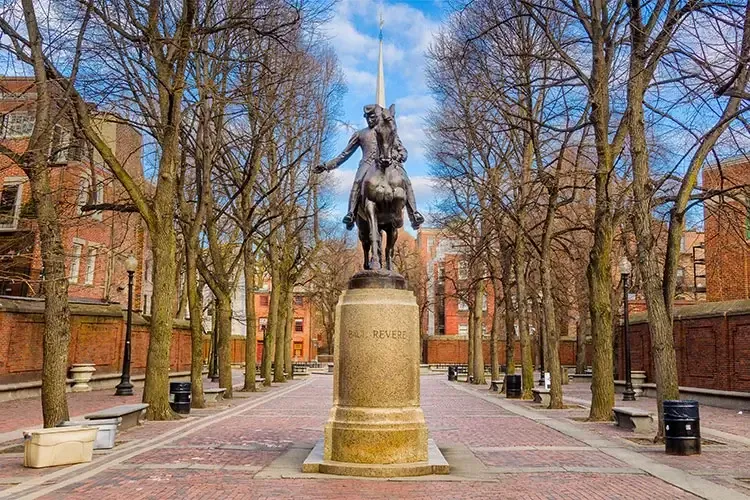
6. Boston’s Neighborhoods: A Living Architectural History
Boston’s architectural diversity is most vividly showcased in its neighborhoods, each offering a unique glimpse into the city’s past, present, and future. From historic cobblestone streets to modern skyscrapers, these areas tell the story of Boston’s evolution through their buildings and streetscapes. Let’s take a closer look at some of the city’s most iconic neighborhoods and what makes them special.
Beacon Hill: Timeless Elegance
Beacon Hill is the epitome of old-world charm. With its cobblestone streets, gaslit lamps, and impeccably preserved Federal-style row houses, this neighborhood feels like stepping back in time. The brick facades, ornate ironwork, and lush window boxes add to its timeless appeal. Beacon Hill isn’t just a neighborhood—it’s a living museum of Boston’s early architectural heritage.
At SKYREX Property Services, we understand the care and attention required to maintain the beauty of historic homes like those in Beacon Hill. Our specialized cleaning solutions ensure these architectural treasures remain as stunning as the day they were built.
South End: Victorian Grandeur Meets Modern Creativity
The South End is a vibrant neighborhood known for its stunning Victorian brownstones, many of which feature intricate details like bay windows, decorative cornices, and cast-iron railings. But the South End isn’t just about history—it’s also a hub of creativity, with a thriving arts scene, trendy restaurants, and community gardens. This blend of historic architecture and modern energy makes the South End one of Boston’s most dynamic neighborhoods.
Maintaining the elegance of Victorian brownstones requires a delicate touch. SKYREX’s expert cleaning services are designed to preserve the beauty of these historic homes while keeping them fresh and inviting.
Charlestown: A Revolutionary Legacy
Charlestown is a neighborhood steeped in history, best known as the home of the Bunker Hill Monument and the USS Constitution. Its charming colonial homes, narrow streets, and historic brick buildings transport visitors back to the days of the American Revolution. Walking through Charlestown feels like exploring a living history book, with every corner telling a story of Boston’s revolutionary past.
For homeowners in Charlestown, preserving the integrity of these historic properties is a top priority. SKYREX offers tailored cleaning services to help maintain the charm and character of this iconic neighborhood.
Seaport District: Boston’s Modern Frontier
In stark contrast to the historic charm of Beacon Hill and Charlestown, the Seaport District represents Boston’s contemporary architectural evolution. Once an industrial area, the Seaport has been transformed into a sleek, modern neighborhood filled with glass skyscrapers, innovative designs, and cutting-edge technology. This area is a testament to Boston’s ability to embrace the future while honoring its past.
Keeping modern buildings in the Seaport District looking their best requires advanced cleaning techniques. SKYREX’s state-of-the-art cleaning solutions are perfect for maintaining the pristine appearance of these contemporary structures.
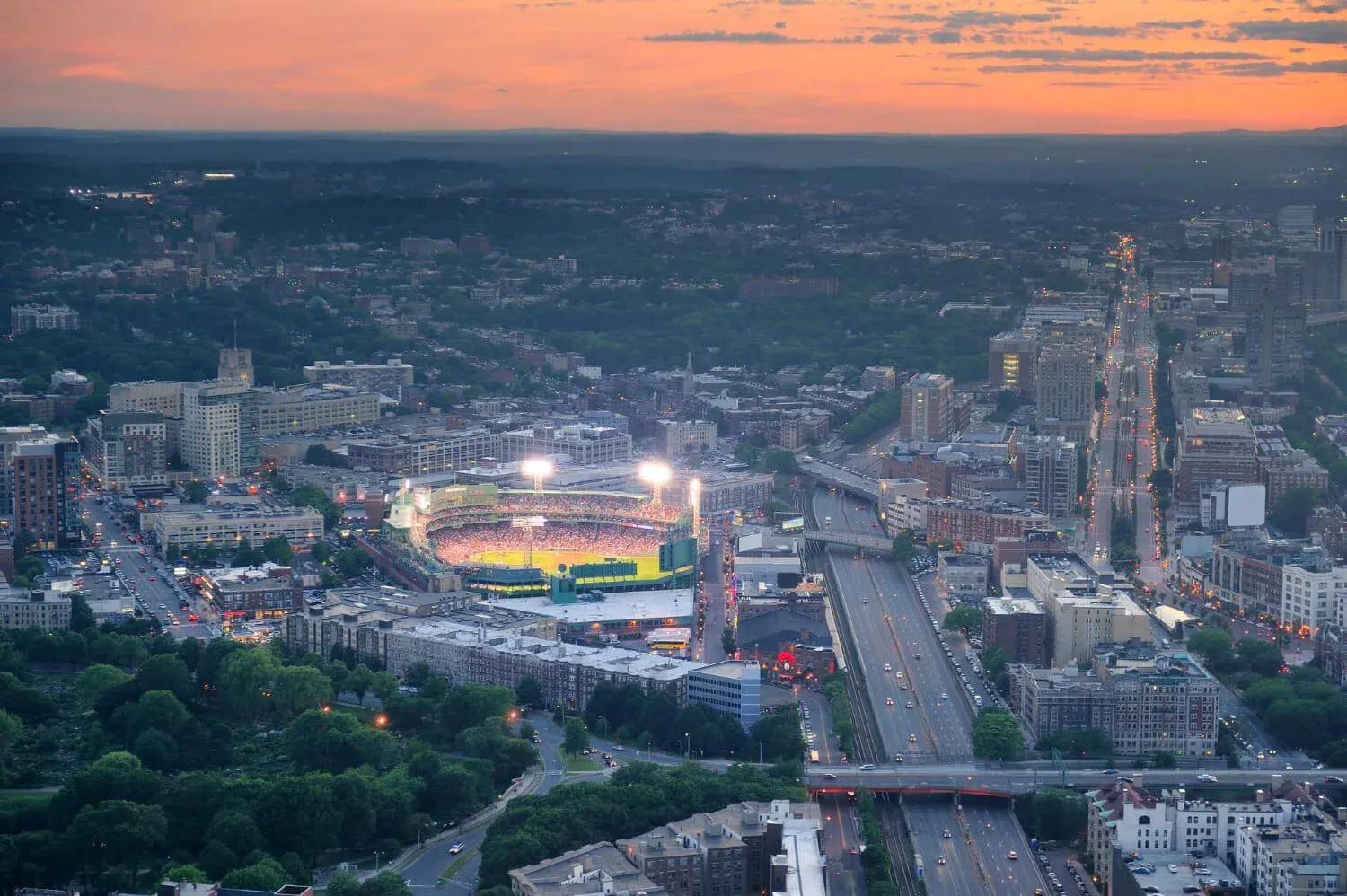
Why Boston’s Architecture Matters
Boston’s architectural evolution is more than just a visual journey; it’s a reflection of the city’s resilience, adaptability, and enduring spirit. Each era’s buildings tell a story of the people, values, and challenges of their time. By preserving its historic structures while embracing modern innovation, Boston has created a unique architectural identity that continues to inspire and captivate.
At SKYREX Property Services, we’re committed to helping maintain the beauty and integrity of Boston’s architectural treasures. Whether it’s a historic landmark or a modern high-rise, we provide expert cleaning services that keep these structures looking their best.
Explore Boston’s Architectural Wonders with SKYREX
From the cobblestone streets of Beacon Hill to the futuristic designs of the Seaport District, Boston’s architecture offers something for everyone. At SKYREX Property Services, we’re proud to play a role in preserving the city’s architectural heritage and supporting its future growth.
Ready to give your property the care it deserves? Contact SKYREX today and let us help you maintain the beauty of your home or business in one of the world’s most architecturally rich cities.

Conclusion: A Timeless Architectural Tapestry
Boston’s architecture is a reflection of its history, culture, and resilience. From colonial wood-frame houses to modern glass skyscrapers, each building tells a story of the city’s journey through time. Walking through Boston is like flipping through the pages of an architectural history book, where every corner holds a piece of the past and a glimpse of the future.
Whether you’re a history enthusiast, architecture lover, or curious traveler, Boston offers an unparalleled experience of architectural exploration. Its harmonious blend of preservation and innovation makes it a city like no other—a true architectural masterpiece.




